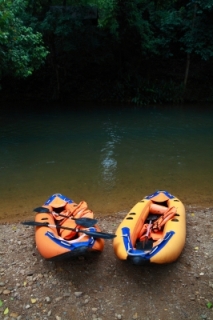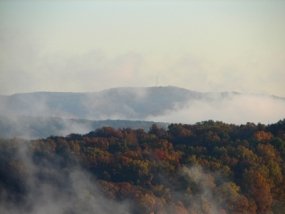|
Maryland Retirement Communities - An Exciting New Beginning
Maryland retirement communities are offering a different lifestyle from the stereotypical senior living neighborhood. In addition to the variety of activities, Maryland offers sandy duns to the east, marshlands with wildlife near the bay and oak forest perched on sprawling hills to the west. The retirement communities are scattered throughout the suburbs surrounding Washington, DC, the state’s largest city, Baltimore and dispersed throughout the more rural parts of the state. Maryland Culture Varies by RegionRural western Maryland maintains an Appalachian culture. The southern and eastern shore regions preserve a Southern culture. Baltimore and the DC regions have a Northeastern flare. With the different types of culture, when considering which of the Maryland retirement communities are right for you, include the culture of that particular region in your decision.
Appalachia Appalachia stretches from the southern tip of New York State to Northern Georgia, Mississippi and Alabama. Although there are stereotypes of Appalachians, Maryland residents are educated, but the economy does rely on agriculture and timbering. Southern The Southern culture brings a unique cuisine; bluegrass and country music, as well as southern gospel. Maryland “southerners” typically do not take on the dialect of the true south. Northeastern The Northeastern society is similar to the New England area of the country. The first movements for education and American literature began in the New England region. Types of Housing for Maryland Retirement CommunitiesOnce you have decided which part of the state you are partial to, you want to look at the types of housing for Maryland retirement communities. Your options include single family, townhomes, apartment living, condominiums, carriage homes, luxury apartment homes, and villas. Some great areas to consider include:
Maryland Retirement Communities for Every Healthcare IssueEvery community has specific lifestyle options to coincide with your health needs:
Maryland Retiree ActivitiesAn added bonus for choosing one of the Maryland retirement communities is the wide variety of activities by season. During the late spring, summer and early autumn consider: 
In the late fall and winter months, the snow makes dog sledding, skiing, and snow mobiles fun entertainment choices. Year round activities include an arts studio, wood shop, computer lab, tai chi, and all season pool. For history buffs, the Maryland retirement communities have a wide variety of walking tours throughout the state with over 70 national historical landmarks. Some interesting historical facts about Maryland:
With Washington, DC so close by, there are even more activities for Maryland retirees:
With the close proximity to Maryland, all of these activities can be day trips. Other Amenities to Consider with Maryland Retirement Communities
You have plenty of activities and the proper care, there are a full array of other amenities available: on-site restaurants, maintenance-free communities, campus services, clubs on campus, table-side dining, pubs and bistros, barbershop and salon on campus and transportation services to take you to doctor’s appointments or day around town. The Maryland Department of Aging provides multiple programs and services for the elderly:
Maryland is a beautiful state with a variety of cultures and any type of activity you would like to participate in is available. You won’t have to give up your hobbies or quality of life when considering Maryland retirement communities as your new home. Return from Maryland Retirement Communities The Best Places to Retire Home Page |







